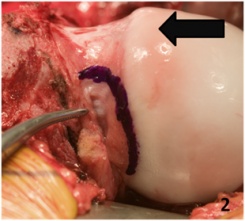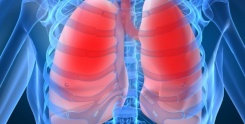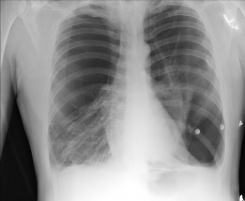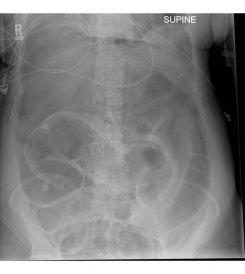Farewell to former chair, Dr. Jeremy J. Kaye
Jeremy Kaye, M.D., former chair of the Department of Radiology and Radiologic Sciences, received a special visit from the Commodore as fellow colleagues said good-bye on his last day at Vanderbilt. After 26 years serving Vanderbilt, Kaye will retire on October 31, 2014. Dr. Kaye served as Carol D. and Henry P.









